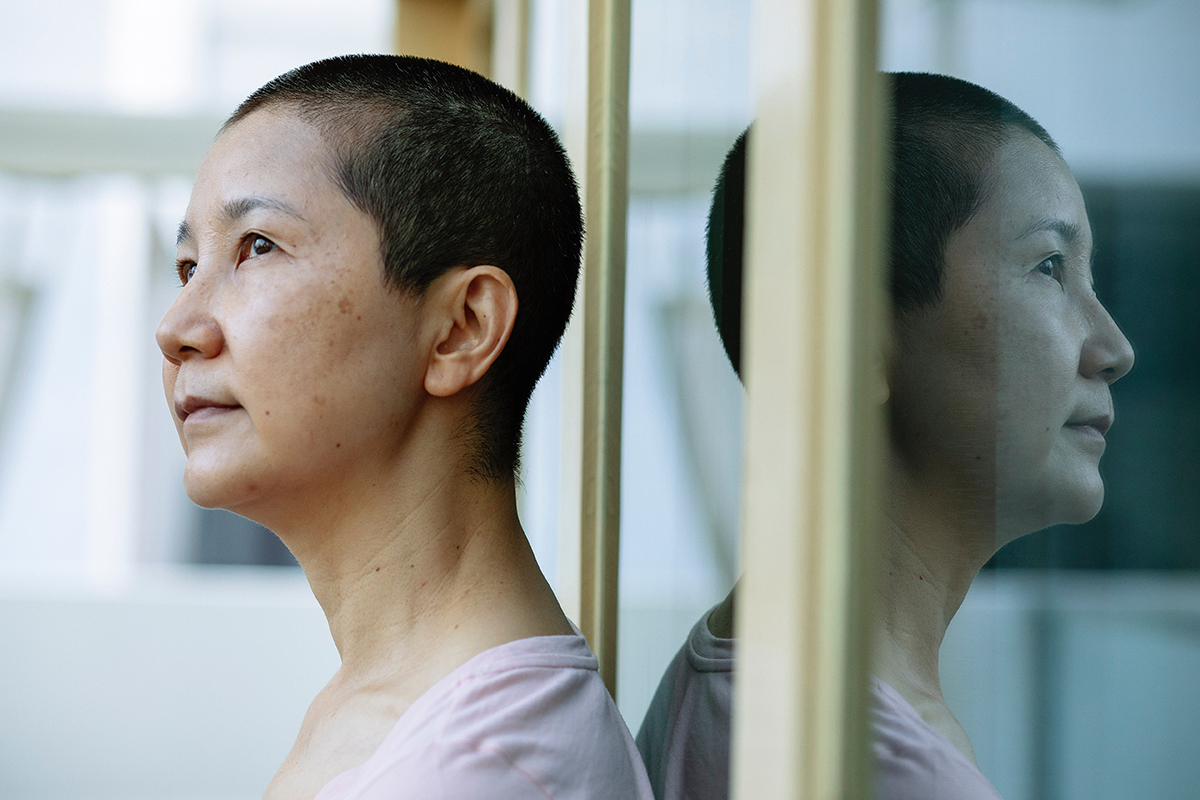When it comes to cancer treatments, immunotherapy is a method of boosting our body’s defenses, collectively known as our immune system, so that the cancer-fighting cells can more effectively attack the tumor cells.
What is the immune system?
The immune system is made up of a complex network of cells, organs, tissues and proteins that work together to protect the body from germs and other harmful substances that can cause damage and disease.
There are two major branches of the immune system—innate and adaptive—which work together in much the same way that different units of armed forces team up to provide various lines of defense against an attack.
Innate immune system
The innate immune system, which is present from birth, acts as the first line of defense against those viruses, bacteria and other agents that attempt to hurt the body. It acts quickly (from mere minutes to hours) and uses the same defensive mechanisms against all foreign substances or pathogens, regardless of type, which is why it is also known as the “nonspecific” immune system.
One major component of the innate immune system is skin, which acts as a physical barrier to keep out germs. If an infectious microorganism makes it past the skin, it might still be ejected from the body via an innate immune response such as coughing or eradicated via an innate chemical barrier such as stomach acid. But if those responses also fail to take care of the germ, then immune cells may detect and destroy it. These cells are constantly on patrol throughout the body. Equipped with receptors that can detect harmful agents, these innate immune cells will attempt to destroy any dangerous substance they encounter, and also signal the adaptive immune system to kick into gear.
Adaptive immune system
The cells that make up the adaptive immune system are like a second wave that swoops in when the germs seem on the verge of winning. The adaptive immune cells can better target infection-causing invaders than innate immune cells can. The reason is that the receptors on adaptive immune cells can recognize specific antigens, such as the unique proteins found on the surface of a particular bacteria or virus, thus enabling the cells to tailor their attacks with great specificity.
Because the adaptive immune system needs time to identify which specific germ is attacking upon first encounter, it is slower to react than the innate immune system, typically taking days to do so. But it delivers a more targeted response, and also retains information about the specific germ encountered. These details are stored in memory cells that survive for years in the body. And if the germ tries invading again, these memory cells will enable the body to deliver a swift and strong response against it in the form of antibodies. So quick is the defense that the body will no longer get sick from that particular germ. This response is what people are referring to when they say they are now immune to a certain illness.
Immune System and Cancer
Though both branches of the immune system are capable of fighting off cancers, some tumor types can be particularly tricky because they are equipped to evade detection or destruction. Some are masters of disguise that mimic healthy cells—or even the immune cells themselves—thus enabling them to stealthily slip by the immune system’s defense mechanisms. Others are masters of manipulation that produce immune-suppressing proteins to shut down certain immune cells and thus avoid attack.
Immunotherapy
One way that scientists hope to gain an advantage against cancer cells is by boosting the immune system. The use of immunotherapy to treat cancer dates all the way back to the 1800s in the United States, most famously by Dr. William B. Coley. A surgeon who used biological toxins to treat the aggressive bone cancer called sarcoma, he is now referred to as the father of cancer immunology. However, it wasn’t until 1986 that the first cancer immunotherapy agent was approved by the U.S. Food and Drug Administration (FDA), an antitumor cytokine used to treat hairy cell leukemia (HCL). Since then, research into cancer immunotherapy has advanced rapidly, with scientists studying the efficacy of using these drugs alone or in combination with other treatments such as chemotherapy.
Ovarian Cancer Immunotherapy
In 2014, the first immunotherapy treatment for ovarian cancer was approved by the FDA. Bevacizumab was given approval to be used in combination with chemotherapy for the treatment of patients with platinum-resistant, recurrent ovarian cancer. The approval was extended by the FDA in 2016 to include patients with platinum-sensitive, recurrent ovarian cancer. Bevacizumab works to starve the tumor by blocking a protein known as vascular endothelial growth factor (VEGF). Doing so helps to inhibit the growth of new blood vessels that would feed the tumor. Classified as a monoclonal antibody, bevacizumab is made from immune cells.
Currently, there are a number of studies underway examining the effectiveness of different immunotherapy treatments for ovarian cancer patients including vaccines, immune checkpoint inhibitors, adoptive cell therapy and oncolytic virus therapy.
OCRA-Funded Immunotherapy Research
Immunotherapy is one area of focus that OCRA has continued to support throughout the years as the largest non-government funder of ovarian cancer research. The following four scientists received OCRA grants in 2021 that have enabled them to continue their work in immunotherapy.
- Dr. Sammy Ferri-Borgogno is utilizing cutting-edge technologies such as Spatial Transcriptomics (ST) and Imaging Mass Cytometry (IMC) to help identify biomarkers and molecular mechanisms associated with chemoresistance in ovarian cancer.
- Dr. Ichiko Kinjyo hopes her OCRA-funded research will add new knowledge to optimize the current clinical treatment protocol of combining PARP inhibitors with immunomodulatory agents. Her long-term goal is to find the effective combination treatment with PARP inhibitors for long-lasting anti-cancer immune activity in patients with ovarian cancer and potentially other types of cancers.
- Dr. Sandra Cascio is testing her hypothesis that blocking a protein known as EGFL6, which is secreted by ovarian cancer cells, will be an important therapeutic approach to prevent immune suppressors from entering the tumor and thereby enhance the efficacy of anti-tumor immune therapies.
- The primary purpose of Dr. Martin Cannon’s OCRA-funded research is to test novel, complementary, and combinatorial strategies that gain insights into the role of tumor-associated macrophages (TAMs) in ovarian cancer resistance to treatment, and incorporate TAM disruption as a cornerstone of therapy.
You can read more about their work and other OCRA-funded immunotherapy research here.
For more information about recent immunotherapy studies, watch the video Immunotherapy for Ovarian Cancer, presented by Dr. Kunle Odunsi at OCRA’s virtual National Conference.


